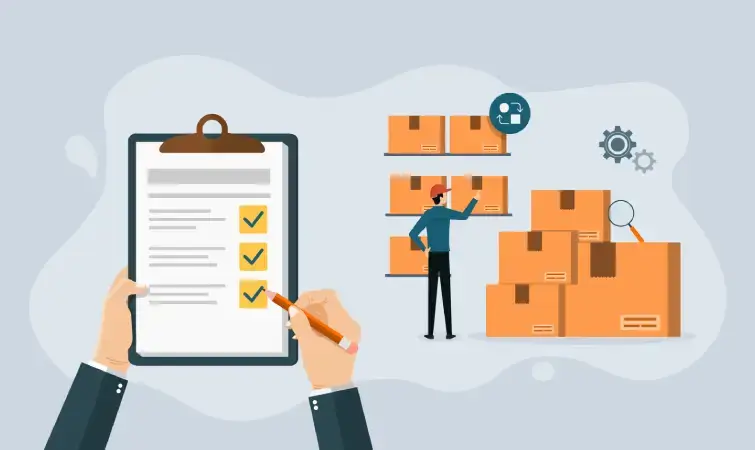Restructuring Goods and Service Tax (GST) in India is the biggest change that will bring all the unorganized sectors under a uniform tax base as well as improve growth opportunities for the organized sector.
The Small and Medium Enterprises (SMEs) sector is typically the main segment that gets affected and requires attention and handholding to survive and succeed through change as large as the one GST promises to be. As compared to large organizations, SMEs may not have strong enough in-house financial and taxation expertise. Moving to a completely new taxation system while beneficial in the long run may proof to be daunting for them. For SMEs who have a certain minimum scale of business using SAP tools targeted at SMEs for GST rollout may make the transition smooth.
How SMEs can benefit from GST?
GST is expected to benefit all businesses in India and SMEs can celebrate for the following reasons:
Ease of commencement of business
A new business needs to go through lot of formalities, such as VAT registration from sales tax department. There are different procedures and fees in different states. GST will bring uniformity in process and centralized registration that will make starting business and expanding in different States much simpler.
Simple taxation
The current system consumes lot of time and energy to manage different types of taxes at different stages. Adhering to diverse regulations at different states make it more complex. Post GST the complexity, efforts, and costs will come down for the SMEs.
Relief for business both in sales and services
The best example will be restaurants, which fall under sales as well service taxation and where VAT and service tax both items are calculated separately. The calculations process becomes very complex. GST will not differentiate between sales and services, and thus the tax calculation will be done on total, which will be a big relief for everyone including SMEs.
Reduced logistics cost
Toll tax, small border tax, check posts are the key reasons, which might affect the delivery of goods on time. GST can eliminate all these hindrances and will make interstate movement cheap. It also means that SMEs can plan to setup warehouses based on lower cost, better connectivity and not worry about how many levels of tax need to be paid. It may lead to consolidation of warehouses.
Conclusion
SMEs can use this opportunity to reduce costs, increase revenues. There is a transitioning phase, but ERP software from SAP and many other providers can help SMEs to overcome the transition phase smoothly.







